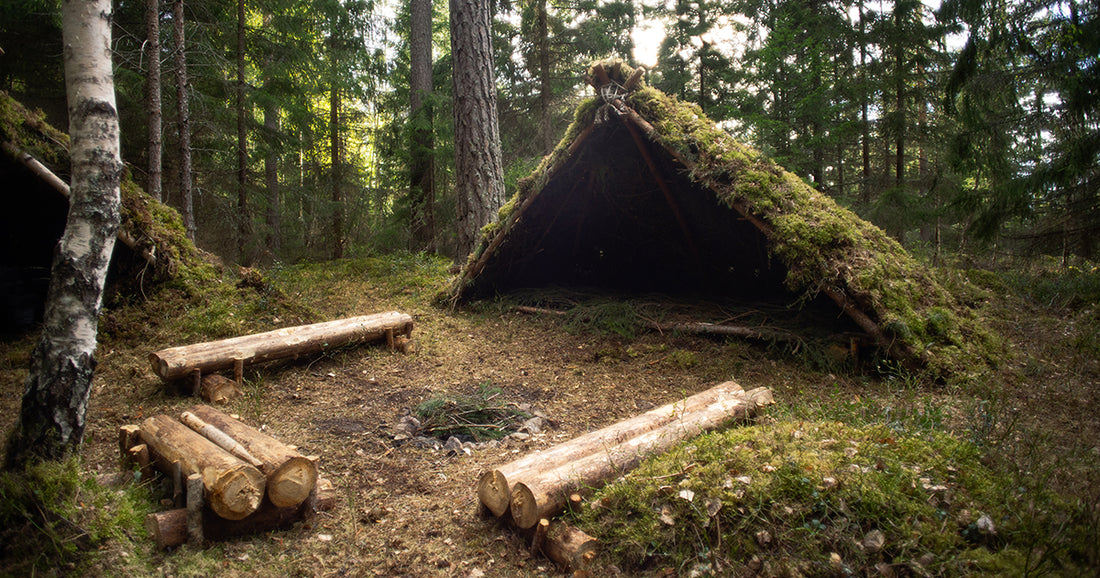All good adventurers know the survival rule of 3: the simple set of priorities for basic human survival.

What everyone forgets to tell you is: these rules of thumb are optimistic. The Rule of 3 means you are barely surviving, not thriving.
Excuse the pun, but all serious preppers know to take the Rule of 3 with a big pinch of salt:
When was the last time you went even one day without drinkable freshwater?
The average adult human body is 60% water. This rises to 75% in infants. Yet your body constantly loses water through sweat and urination. These lost fluids need to be replenished for you to maintain basic functioning.
Put another way: we are literally made mostly of water. So it’s no wonder we need so much of it to stay alive.
Even in favourable conditions, the early stages of dehydration occur in a matter of hours. Add in sustained physical exertion, or a hot climate, or both, and your water needs rise drastically.
For most of us, 24 hours without drinking water is already unbearable.
Besides thirst, what happens when you go without water?
Your mind becomes foggy. Headaches take hold. And clear decision-making becomes more and more difficult, just as you need it most.
By the end of day 1 without water you are truly thirsty. Your mind fixates on finding drinkable water. You are so parched, even simple challenges can quickly compound into big problems. Unless your food is high in water content, eating is also a problem.
By day 2 without water, your predicament worsens dramatically. Severe dehydration creates a cascade of life threatening problems.
Lacking enough water, the kidneys cannot flush toxic waste products from your blood. Your muscles are seized by heat cramps. The body loses the ability to self-regulate temperature.
Heat exhaustion and heat stroke follows.
By day 3, if dehydration continues, your blood gets so low in moisture, there is no longer enough fluid for the heart to pump it around the body freely.
You go into hypovolemic shock.
Brain swelling and seizures occur. Eventually, the kidneys cease to function entirely and other organs shut down.
Death is the final stage.
All this is to say that access to drinkable water isn’t merely a survival priority, it is very often a matter of survival itself.

Remember the movie Castaway?
Imagine it’s not Tom Hanks, but you who is shipwrecked on uninhabited Monuriki Island. Except this time you find a QuenchSea instead of an ice-skate in your FedEx parcel.
So, given abundant seawater, how much drinking water could you make?
The reverse osmosis membranes inside each QuenchSea device are rated for 1,000 litres of drinking water output.
Assuming you need 3 whole litres of drinking water per day, a single QuenchSea device with good quality feed seawater gives you enough water to survive for 333 days.
That’s almost a year’s supply from a device not much bigger than a domestic iron.
The reverse osmosis membranes of QuenchSea are also designed as a replaceable cartridge. Swap in a fresh cartridge and you’re good to make another 1,000 litres of freshwater from seawater.
You’ve just bought yourself another 333 days of drinking water.
All you need to do is fish for lunch and look after Wilson.
Want to complete the missing link in your personal preparedness? Click here today to be one of the first people in the world to own a QuenchSea device.


